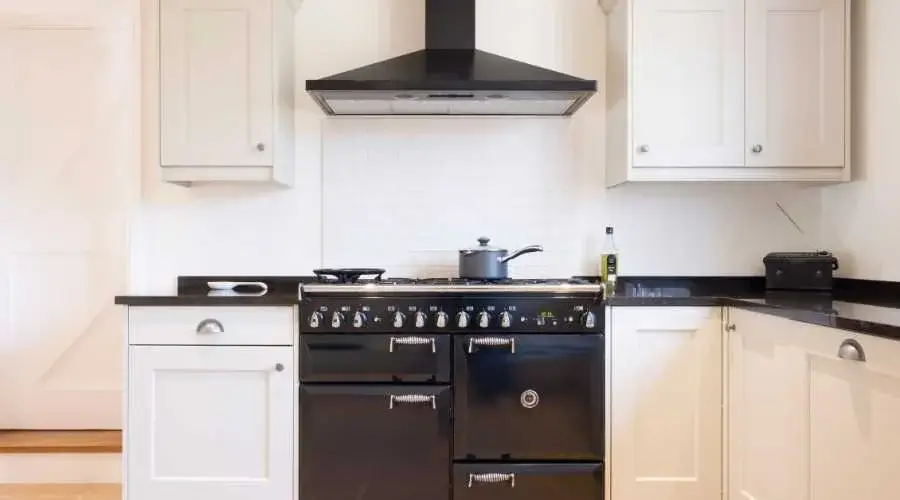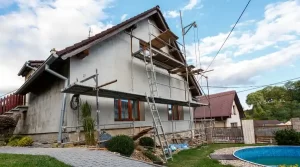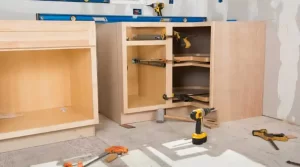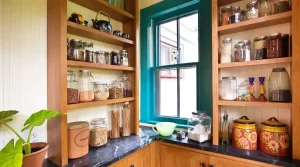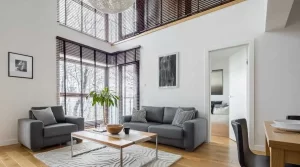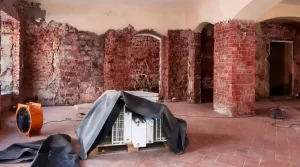There are several things to consider. While purchasing a range hood. The first is noise; a range hood shouldn’t be as noisy as an airport. Additionally, a sound ventilation system and quietness are essential.
The goal is to prevent lingering cooking odors from entering your house. Additionally, to avoid surrounding walls from being harmed by stove heat.
Although it can appear like a simple task, picking the right range hood requires considering various factors; when considering these range factors, you should keep in mind these 10 factors.
1. Easy-to-Clean Filters
Ideal filters are reusable ones that are simple to clean. Most often constructed of metal, they entirely come out to allow for sink cleaning.
2. Lower Sones Number
The volume at which your range hood works is this. One to three sones (40 to 60 decibels) is considered a quiet range hood; the lower the sones, the quieter the range hood fan. Your Sones score is quite high if you’ve ever run a hood fan on high, and it sounded like a jet engine.
3. Controls
Pick a range hood with a fan with many speeds or a variable speed control. This allows you to decide at what rate you want the fan to operate. The ideal speed to cook more pungent items is one with a greater speed. Low speed should be enough for everyday cooking on one or two burners.
4. Air Exchange
To circulate the air while cooking properly, your hood fan should run at least 15 times each hour.
5. Kitchen Size
You must measure your kitchen to get the precise cubic feet to choose the most incredible range hood for your house. Then, for it to properly breathe, search for a range hood designed to accommodate the size of your kitchen.
6. Stove’s BTU
Before you buy the range hood, make a note of the BTU output of your stove. The first point for selecting a range hood that will offer enough ventilation is how many BTUs your stove produces.
7. Non-Ducted or Ducted
Non-ducted hoods may function like ducted range hoods with a clean filter by removing humidity, heat, grease, and smells. How many feet of ductwork is needed to vent everything outdoors from here?
8. CFM Rating
Find a would be advantageous range hood that will provide enough ventilation. The amount of air that range hoods moves determines their rating in cubic feet per minute (CFM).
9. Coverage
A range hood should be placed over the stove and be big enough to cover it. It will only absorb the heat and smells from cooking if it hangs over the burner long enough. Others are made to fit immediately above the cooktop and vent directly into the ceiling, while other vent hoods cover a section of the stove. These are perfect for a big house.
10. Positioning
To maximize the range hood’s ventilation capabilities, mount it between 28″ and 36″ above your cooktop. If it’s too near, heat will build up, and ventilation won’t do any good. It will optimally draw heat and smells if put appropriately.
ProTip Takeaway: Before making a range hood purchase, measure your kitchen remodel to be sure it will have enough ventilation.

